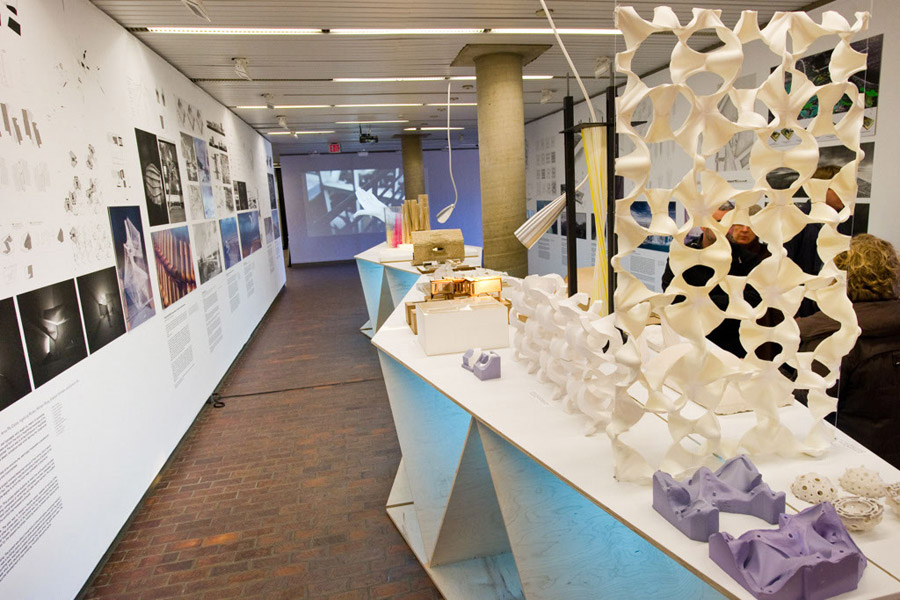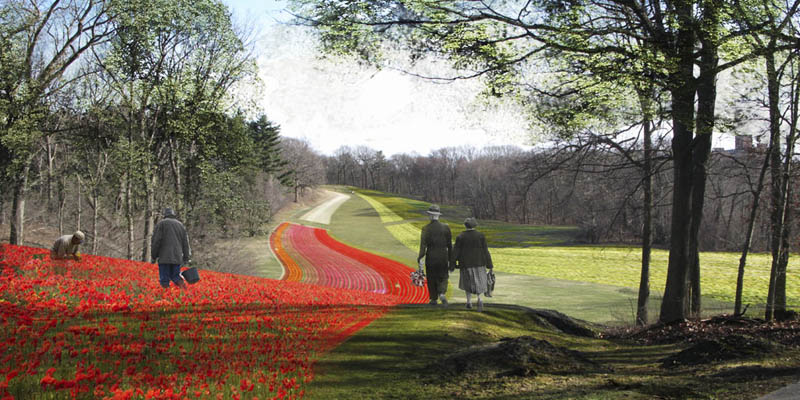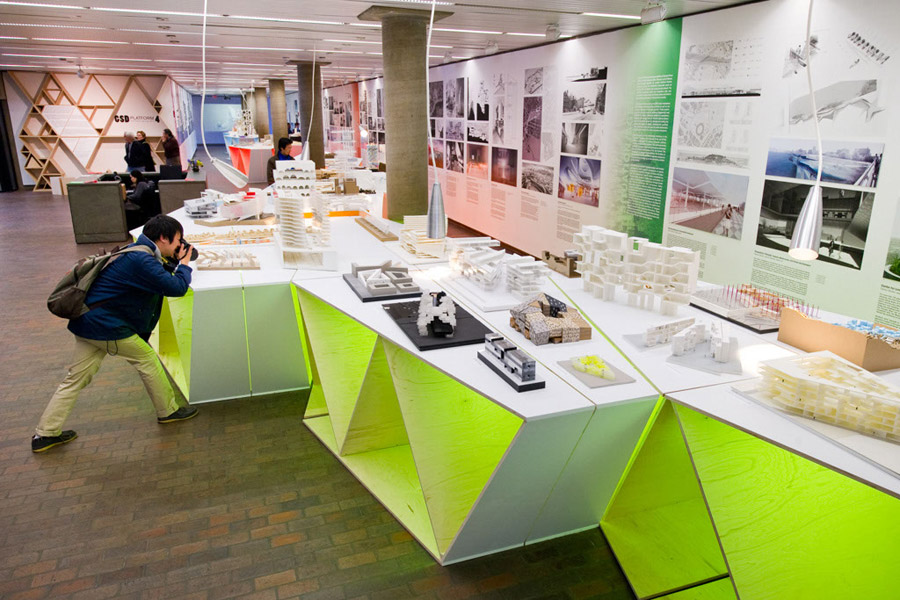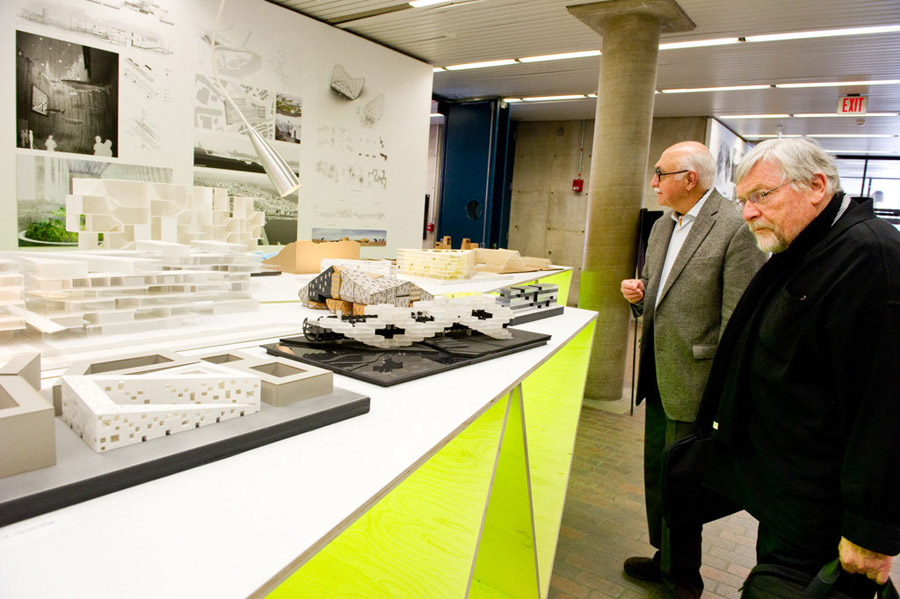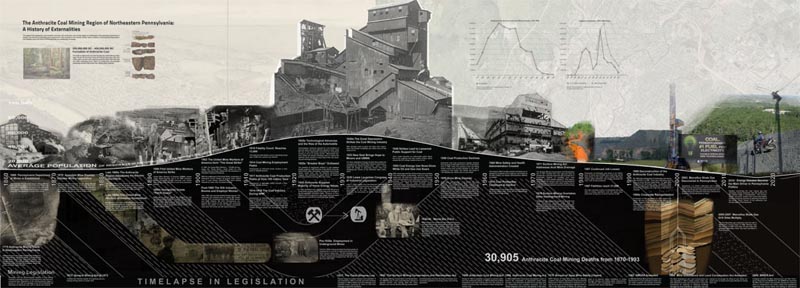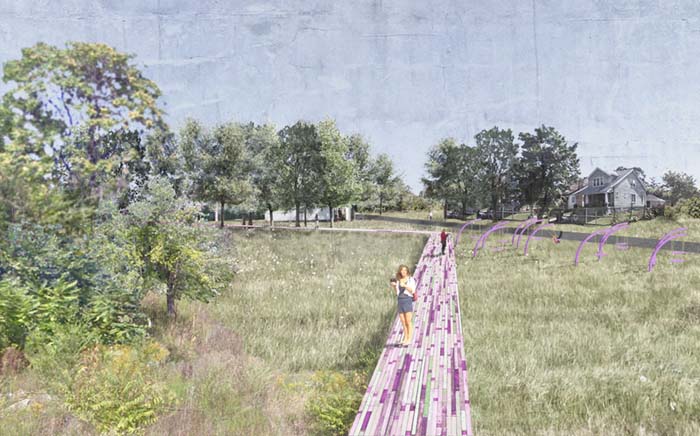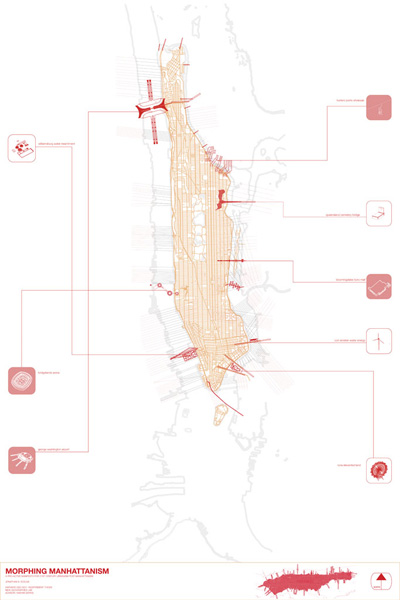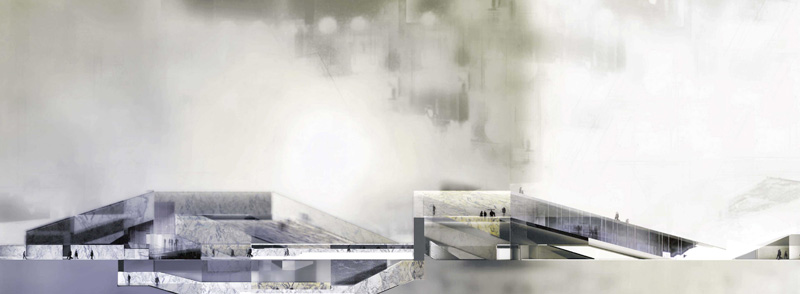Platform 4 Exhibtion
March 19, 2012–May 17, 2012
Eric Howeler, Curator
On March 11, 2011, an 8.9 magnitude earthquake off the eastern coast of Japan sent 40 foot high waves crashing into the coastal city of Miyako, overwhelming the tsunami barriers and damaging the Fukushima Nuclear Power Plant. Meanwhile, at the Graduate School of Design, the spring lecture series, A New Innocence: Emerging Trends in Japanese Architecture, featured Toyo Ito, Kazuyo Sejima and Ryue Nishizawa, Junya Ishigami, and Sou Fujimoto. Set against the backdrop of national disaster and recovery, these architects presented their work and their personal accounts of the situation in Japan. The uncanny coincidence between the disaster and the lecture series was one of several moments this past year in which a world event found deep resonance within the GSD. Discussions provoked by the disaster made global events seem remarkably proximate.
The events in Japan shifted the discursive context at the GSD. Beyond a design school, the GSD is an immersive environment—a dense atmosphere saturated with creative and intellectual activity. The fourth volume of a series, Platform 4 is more than a catalog of courses. It represents a selective sampling of the agendas at the GSD during the last academic year, revealing a diverse mixture of projects, research, and events. Platform 4 attempts to place the reader “at the scene.” On the steps of Piper auditorium when Jacques Herzog declared that, “architecture is like a love affair; it just is.” Or when Peter Eisenman, in conversation with Rafael Moneo, differentiated architects that “have a project” from those that “have a practice.” Platform 4 documents both site and situation at the GSD—it is an institutional index.
Sorting through an immense database of content, the editorial team sought to organize the material through various thematic lenses. We asked ourselves, “What were the key debates of the past year? What were the critical questions asked? What was urgent? What was the chatter?” Initially described by key words and tag clouds, the content of Platform 4 was mined for dominant themes that informed the eventual chapters. Four categories emerged, decanted from the mixture of topics: Structure/Metrics, Rhetoric/Media, Type/Flux, and Situation/Agency. Each chapter consists of a pair of words. The pairing is composed of two terms; the first, an existing design platform or methodology, the second, an emerging condition that re-qualifies the first. For example, the temporality of the term “Flux” modifies the continuity implied by “Type.” The pairings create a conceptual space between terms, allowing them to interact and affect their individual meanings while expanding their capacity to contain the diversity of work between.
The Table of Contents organizes the book by location, type (Core Studio, Lecture, Thesis, etc.) and by theme. Thus, Platform 4 becomes searchable in different ways. The network of linkages between the site, types, and themes produces a pattern of relationships and adjacencies—a visualization of the network of cross-disciplinary design agendas at the GSD.
While Platform 4 records research trajectories from the past year, it also has the capacity to set agendas for future work. By framing a set of issues and topics, Platform 4 focuses attention towards particular areas of interest, allowing individual work to build on and contribute to a larger body of disciplinary knowledge. In that sense, the themes within this book become projective. They provide frameworks for future inquiry, allowing Platform to become just that—a framework to build upon.
Related Media
Platform 4 Book
